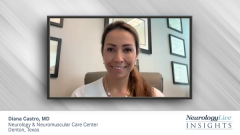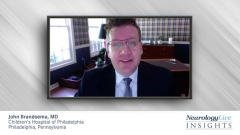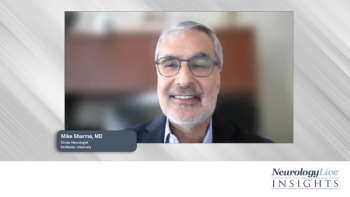
Considering New Duchenne Muscular Dystrophy Therapies: Exon Skipping and Gene Therapy
A panelist discusses how older patients with DMD might benefit from newer genetic therapies including gene therapy and exon skipping, though eligibility depends on specific mutations and absence of pre-existing immunity to AAV vectors.
Episodes in this series

Clinical Brief: Genetic Therapy Eligibility in Advanced DMD
Main Discussion Topics
- Expansion of gene therapy eligibility criteria to include older, non-ambulatory patients
- Potential exclusion criteria for gene therapy, particularly mutations in exons 8-9
- Immunological considerations including pre-existing AAV antibodies
- Limited data on efficacy in older patients with advanced disease
Key Points for Physicians
- Accurate genetic diagnosis is essential for determining therapeutic eligibility
- Mutations in exon 8-9 region may increase risk of immune response to microdystrophin (~10-15% of patients)
- Pre-existing AAV antibodies (seropositivity) preclude gene therapy eligibility
- Recent expansion of approval allows treatment consideration even for 16-year-old patients
Notable Insights
The expert notes evolving exclusion criteria with initial exclusion of exons 1-19 mutations now narrowing to primarily exons 8-9, but cautions that other immunogenic regions may be identified as more patients are treated. Lack of published data on older patient outcomes represents a significant knowledge gap.
Clinical Significance
Despite expanded eligibility criteria for genetic therapies, careful patient selection remains critical, with mutation-specific considerations and immunological status determining appropriate candidates even in advanced disease stages.
Newsletter
Keep your finger on the pulse of neurology—subscribe to NeurologyLive for expert interviews, new data, and breakthrough treatment updates.



































